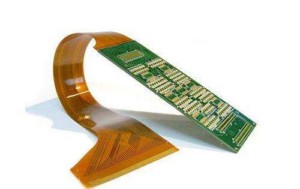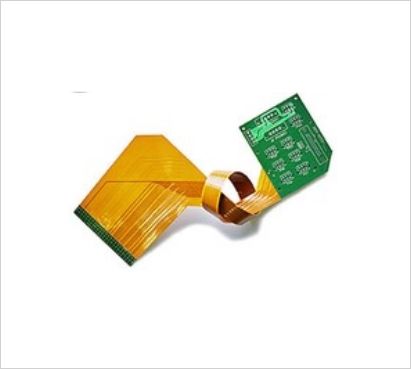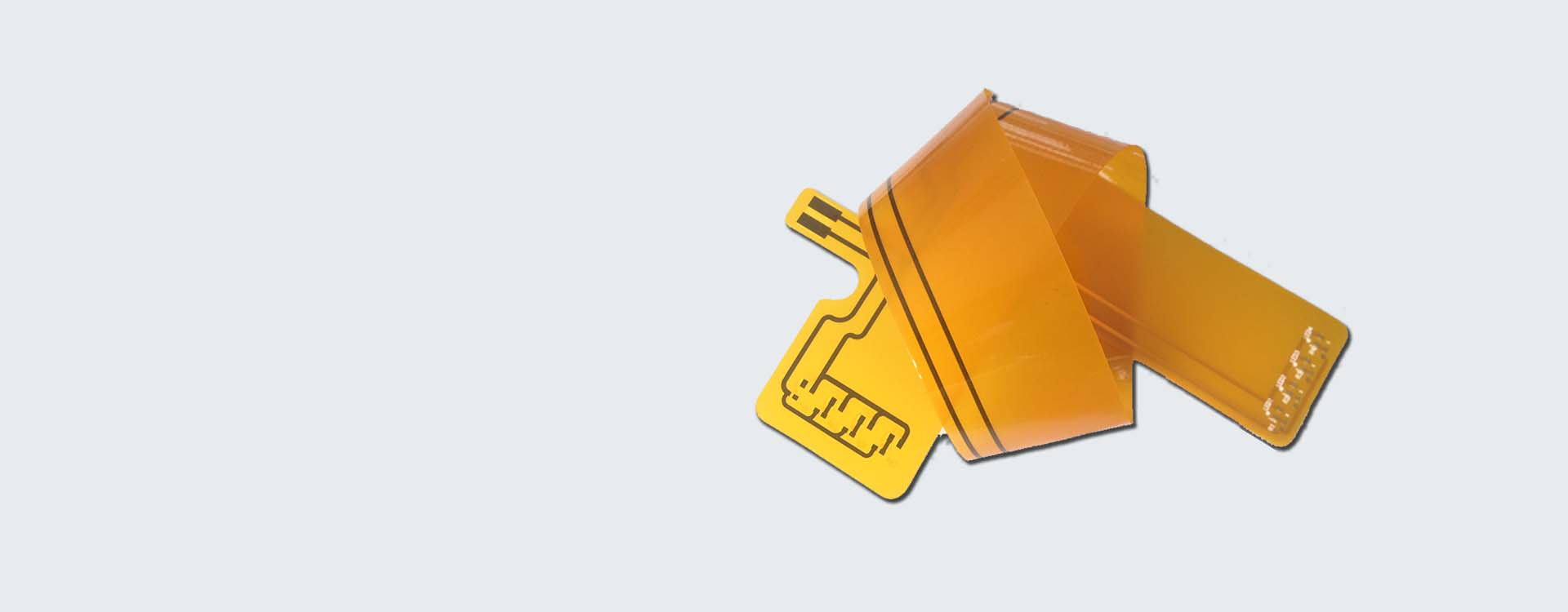General Design Rules for Flexible PCBs
When you begin to design your rigid flex PCB, there are a few rules you want to adhere to as best as possible:
- Try not to bend at the corners. When making a bend, keep the bend curved rather than sharp.
- Gradually change the width of the traces. Abruptly changing the trace width could result in a weak spot.
- Try to keep the flex layers to a minimum of two for increased mechanical flexibility and reduced costs.

Pads and Vias on Flexible PCBs
The pads used for your rigid flex PCB should have anchoring spurs, also known as tie-downs.
The anchoring spurs help to ensure there is no separation between the base material and copper during the assembly.
The pads should also be filleted as to reduce the stress points, as well as the chance of breakage during flexing.
When calculating the pad size, it will depend on your board design and pad requirements specific to your application.
Use the following formula to calculate the pad size required:
Hole Size (finished) + Required Tolerances + All Flex Tolerance = Pad Size Required
Plated vias on the PCB are metalized through holes that connect the conductive layers on a flexible circuit.
There are also blind vias that connect the outer layer to the adjacent inner layer without going through the circuit.
Lastly, you also can use buried vias, which connect all the internal layers but do not connect the out layers.
The different via types can increase the space in the circuit to add component pads or more trace routing.
When it comes to using vias for the flex circuit, it is best to try and avoid them. However, if you must use them,
place the vias in areas where there will be no bends.

1. Minimum trace width and spacing: The minimum trace width and spacing should be at least 0.1 mm.
2. Copper thickness: The copper thickness should be between 0.5 oz and 2 oz.
3. Pad size and shape: The pad size and shape should be designed to accommodate the component lead or connector pin.
4. Drill hole size: The minimum drill hole size should be 0.2 mm.
5. Annular ring: The annular ring should be at least 0.1 mm.
6. Solder mask: The solder mask should be designed to cover all exposed copper traces and pads.
7. Silkscreen: The silkscreen should be designed to provide clear and readable labeling of components and connectors.
8. Board outline: The board outline should be designed to fit the intended enclosure or mounting location.
9. Flexibility: The design should allow for the required flexibility of the flex PCB.
10. Stiffener placement: Stiffeners should be placed in areas where components or connectors are mounted to provide additional support.

Processing Guidelines for Flexible PCBs
You must dry your rigid flex PCB (roughly four hours at 120 degrees Celsius) to dry out any moisture absorbed by the polyimide.
After drying, you can then go through the placement and soldering process within eight hours.
Other PCB products, you may interesting









